External hard drives are vital for storing and backing up important files. They offer convenient space for documents, photos, videos, and other essential data. Unfortunately, Mac users sometimes face issues where Mac won't recognize external hard drive.
This can lead to significant stress and risks of losing valuable data. Professionals, students, and individuals with personal files may feel overwhelmed in such situations. Losing access to the drive can disrupt work and personal projects.
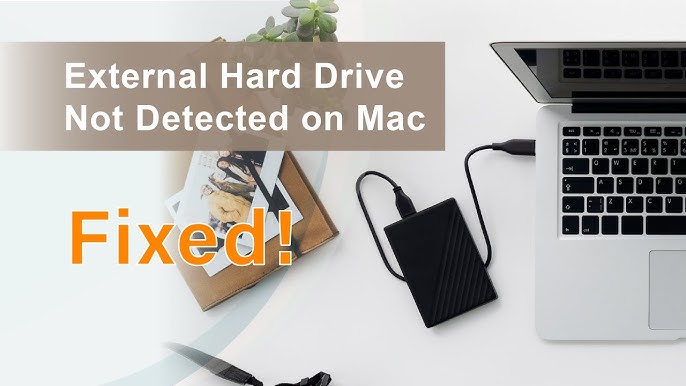
Understanding external hard drive recognition problems is key to resolving them effectively. This guide provides troubleshooting methods abour how to fix Mac won't recognize external hard drive. It will cover steps for diagnosing and restoring access to your external drive.
In this article
Part 1: Why Mac Won't Recognize External Hard Drive?
Mac won't read hard drive? Well, External hard drive recognition issues can stem from various technical and hardware-related problems. Understanding these potential causes helps diagnose and resolve the issue more efficiently.
Reasons why Mac won't recognize external hard drive:
- Faulty USB or Thunderbolt cable causing connection interruptions
- Inadequate power supply preventing drive initialization
- Damaged or dusty connection ports blocking proper communication
- Outdated macOS software creating compatibility issues
- Corrupted hard drive file system preventing drive reading
- Hardware failure or mechanical issues within the external drive
- Incorrect drive formatting incompatible with Mac systems
- NVRAM or PRAM settings interfering with device recognition
Part 2: How to Fix Mac Won't Recognise External Hard Drive?
External hard drive detection problems require systematic troubleshooting. Each method addresses potential issues that might prevent your Mac from recognizing the drive. Patience and methodical testing are key to resolving these technical challenges.
Method 1: Check The Cable And Port
Connection problems are frequently the root cause of external drive recognition issues. Cables and ports are vulnerable to wear, damage, and dirt accumulation. These physical connections are critical for successful data transfer and device communication.
Physical connections can fail silently, making them easy to overlook. Understanding how to inspect and test your cables and ports can save hours of frustration and potential data loss. This method helps identify and resolve simple connectivity problems.
Here’s how to fix the Mac won't find external hard drive issue:
- Unplug the external hard drive cable. Inspect the cable for visible damage. Try alternative USB or Thunderbolt ports.
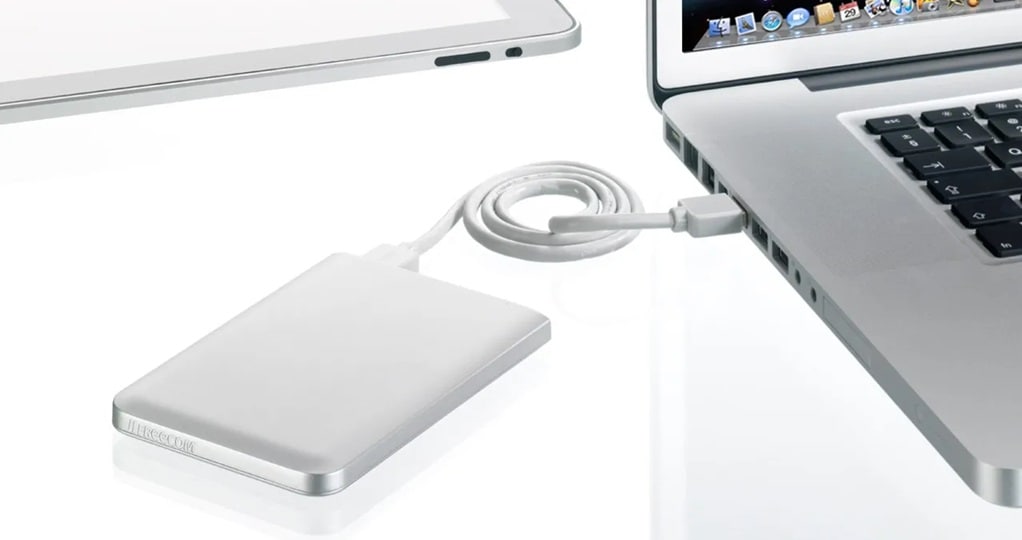
- Clean port connections with compressed air. Use a different cable if available. Ensure the cable is firmly connected. Test on another Mac or computer to isolate the issue
Method 2: Verify Power Supply
External hard drives require stable and sufficient power to function correctly. Many users underestimate the importance of proper power delivery. Insufficient power can prevent drive initialization and recognition.
Power-related issues can manifest in various ways, from complete drive failure to intermittent connection problems. Understanding how to diagnose and resolve power supply challenges is crucial for maintaining external drive functionality. This method helps ensure your drive receives adequate power.
Here’s how to fix the Macbook not recognizing external hard drive issue:
- Check if the drive has a separate power adapter. Use a powered USB hub.
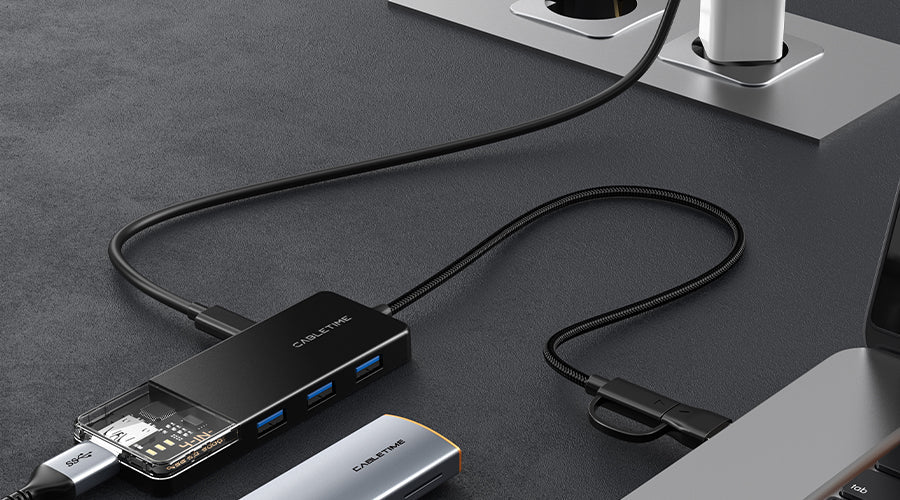
- Try a direct connection to a computer. Verify power adapter is functioning. Check for any visible adapter damage. Use the original manufacturer's power cable
Method 3: Ensure "External Disks" Is Checked
Mac system settings play a significant role in external drive visibility. Small configuration changes can prevent drives from appearing in Finder. These settings act as a digital gatekeeper for external storage devices.
User preferences and system settings can sometimes hide external drives unintentionally. Learning how to navigate and adjust these settings empowers users to resolve visibility issues. This method provides a simple solution to potential system-level recognition problems.
Steps to check external disk settings:
- Open Finder. Click Finder in the menu bar. Select Preferences. Navigate to the General tab. Locate Show these items on the desktop.
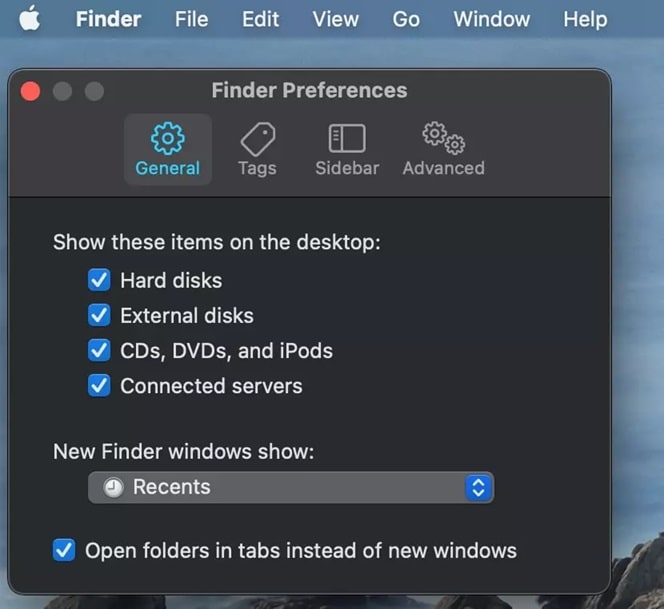
- Ensure "External disks" is checked. Click "Close".
Method 4: Run First Aid
Mac's built-in First Aid tool is a powerful diagnostic and repair utility. It can detect and resolve minor file system inconsistencies that prevent drive recognition. File system errors can occur due to improper disconnection or system crashes.
Disk utility tools offer a non-invasive method to diagnose and potentially fix drive issues. Running First Aid can often restore drive functionality without complex technical intervention. This method provides a safe, built-in solution for many drive-recognition problems.
Here’s how to fix the Macbook not recognizing external hard drive issue:
- Open Disk Utility. Select the external hard drive. Click the First Aid button.

- Choose Run First Aid. Wait for the diagnostic process. Review results and potential repair recommendations. Restart the Mac after completion
Method 5: Reset NVRAM/PRAM
NVRAM (Non-Volatile Random-Access Memory) stores critical system settings that can impact device recognition. Resetting these settings can resolve persistent hardware communication issues. Sometimes, corrupted settings can prevent proper external drive detection.
System memory can accumulate configuration errors over time. Resetting NVRAM provides a clean slate for device communication and system settings. This method offers a quick reset that can resolve complex recognition problems.
Steps to reset NVRAM/PRAM:
- Shut down the Mac completely. Press the Power button. Immediately hold the Command + Option + P + R keys. Keep holding for approximately 20 seconds.
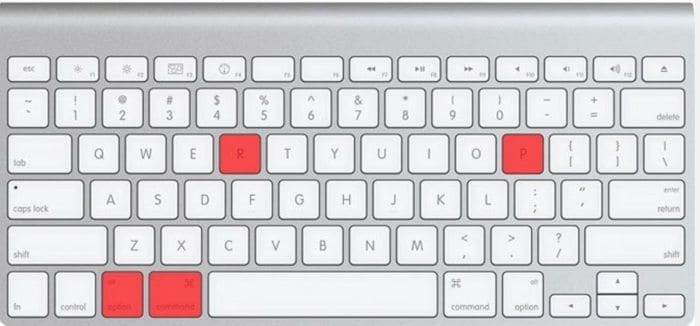
- Listen for the startup sound. Release keys. Allow Mac to restart normally
Method 6: Update macOS
Operating system updates frequently include critical fixes for hardware compatibility and device recognition. Outdated software can create communication barriers between your Mac and external drives. These updates address known issues and improve overall system performance.
Software updates are essential for maintaining smooth device interactions. They provide patches for newly discovered bugs and improve system stability. This method ensures your Mac has the latest tools to recognize and communicate with external storage devices.
Steps to update macOS:
- Click the Apple menu. Select System Settings> General. Choose Software Update. Click Update Now.
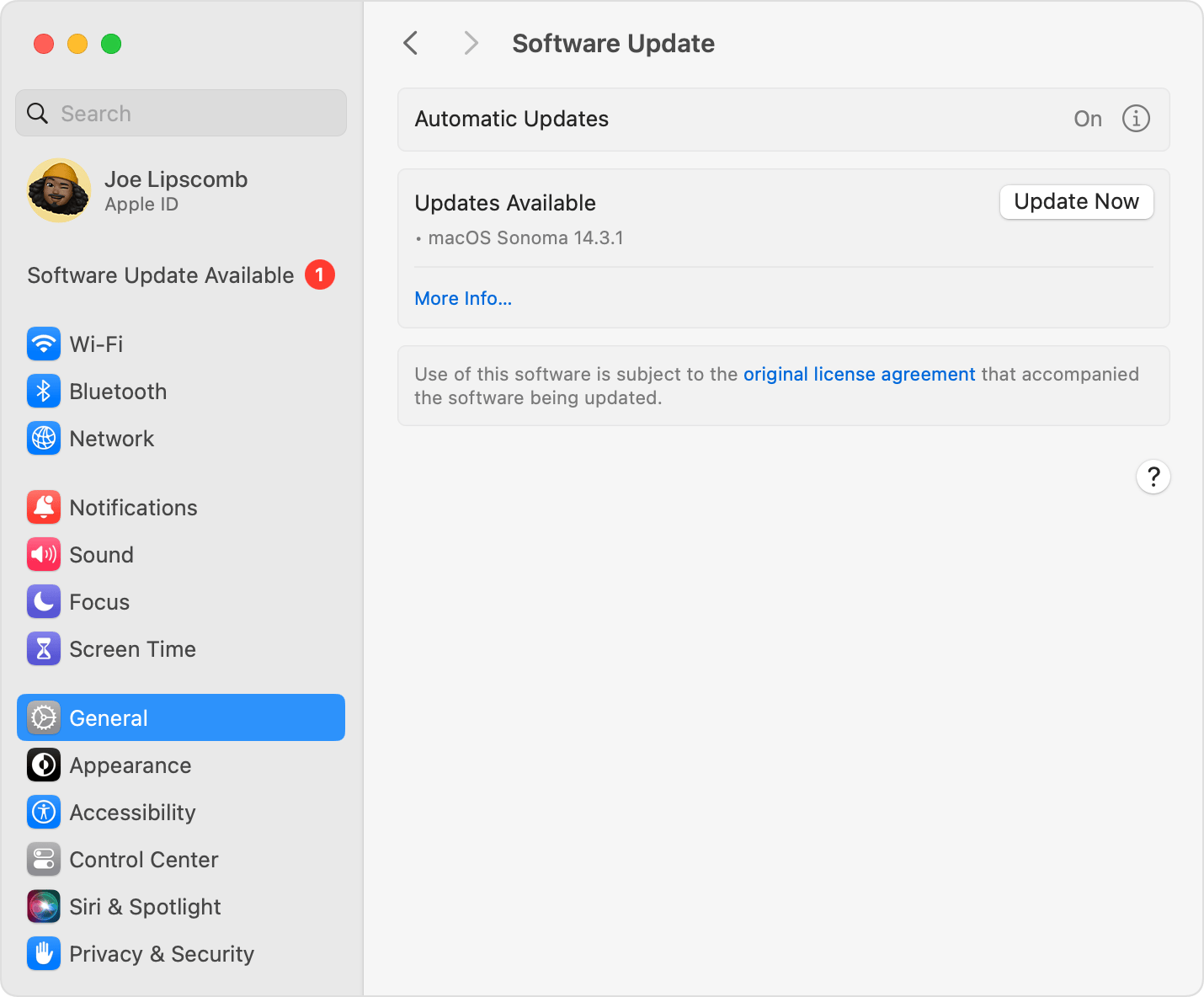
- Download and install the latest version. Restart the computer. Reconnect the external drive
Method 7: Reformat The Drive
Reformatting can resolve persistent drive-recognition issues by creating a fresh file system. This method essentially gives your external drive a clean slate. File system corruption can prevent proper drive reading and writing.
While reformatting is a more drastic solution, it can often resolve complex drive issues. It's crucial to back up all data before attempting this method. Reformatting provides a comprehensive reset for problematic external drives.
Steps to reformat external drive:
- Back up all data first. Open Disk Utility. Select the external drive. Click Erase.
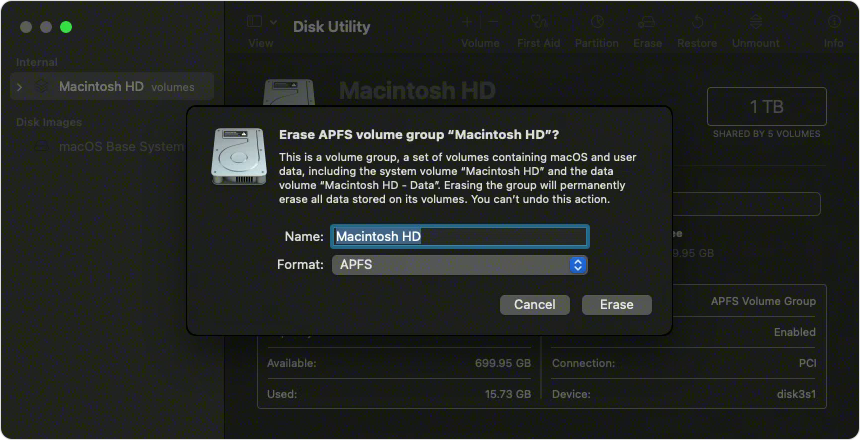
- Choose the appropriate format (APFS or Mac OS Extended). Name the drive. Click Erase.
Part 3: Lost Data Due To Reformatting Drive? Use Recoverit Data Recovery Tool
Data loss is a major issue for users, especially during troubleshooting processes. Losing critical files can be frustrating and stressful. Fortunately, professional data recovery tools provide an effective way to retrieve data that seems permanently lost, offering hope in challenging situations.
Recoverit Data Recovery is a powerful tool designed to address such concerns for Mac users. It provides a comprehensive solution for recovering files from various scenarios, such as accidental formatting or corrupted drives. Its advanced capabilities make it a dependable option for tackling complex data recovery needs.
With Recoverit, users can recover data from unrecognized or inaccessible drives with ease. The software is tailored to handle diverse recovery situations, ensuring important files are rescued quickly. For anyone facing potential data loss, Recoverit serves as a reliable and efficient solution.
Here’s how to recover lost data from external drive on Mac using Recoverit:
- Download and install Recoverit. Select the external drive as the recovery source.
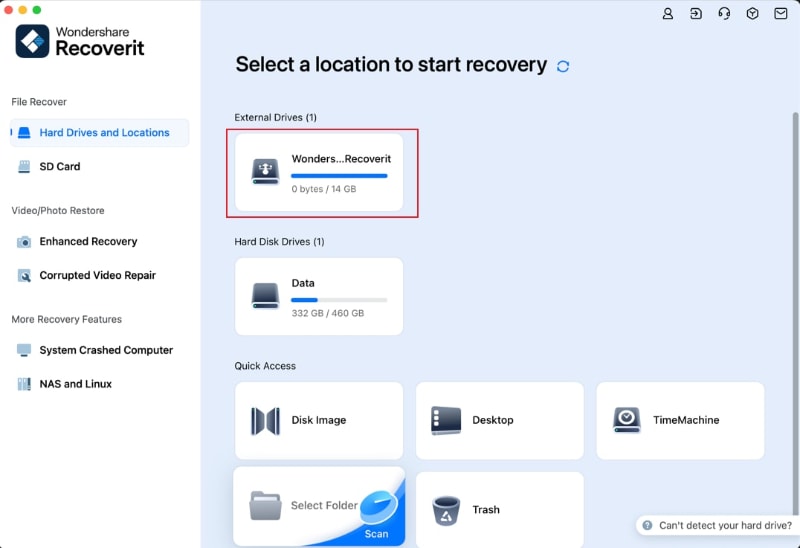
- Initiate the scanning process.

- Preview recoverable files. Select and restore desired data. Save recovered files to safe location.
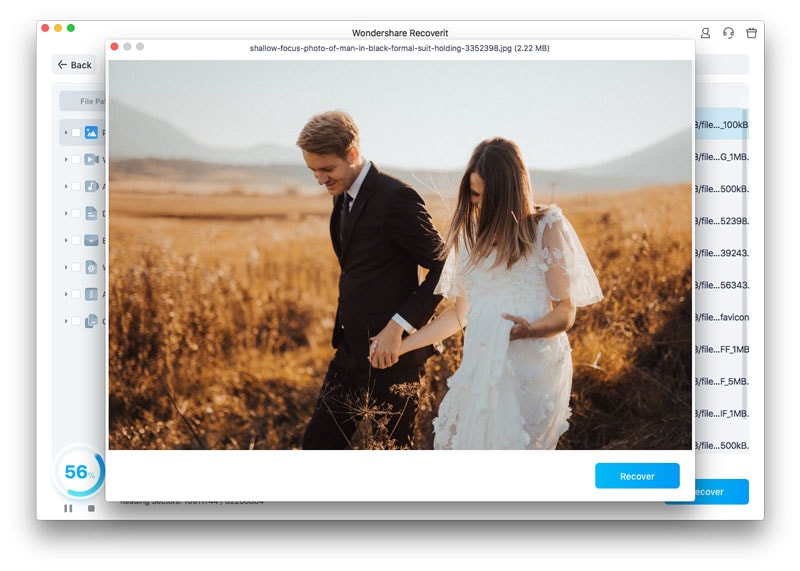
Part 4: Pro Tips To Avoid Macbook Not Recognising External Hard Drive Issue
Preventive measures can significantly reduce the likelihood of external drive problems. Implementing these strategies helps maintain drive health and performance.
Here are some pro tips to avoid your MacBook not recognizing an external hard drive:
- Check Connections: Ensure the USB cable is securely connected and not damaged. Use a different cable or port if needed to rule out hardware issues.
- Format Compatibility: Make sure the external hard drive is formatted in a file system compatible with macOS, such as APFS, HFS+, or exFAT.
- Update macOS: Keep your macOS updated to the latest version to avoid compatibility issues with external devices.
- Enable External Drives in Finder: Go to Finder Preferences and ensure "External disks" is checked under the "Sidebar" tab to make the drive visible.
- Provide Sufficient Power: Some external drives require more power than a single USB port can provide. Use a powered USB hub or connect directly to a power source if necessary.
- Run Disk Utility: Use the Disk Utility app to check and repair the external drive. Select the drive and run "First Aid" to fix potential errors.
- Avoid Sudden Disconnects: Always eject the external drive properly before unplugging it to prevent file system corruption.
These tips can help ensure smooth connectivity and prevent issues with your external hard drive on a MacBook.
Conclusion
External hard drive issues can be frustrating, but most problems are solvable with proper knowledge and a systematic approach. Understanding potential causes and implementing targeted solutions helps Mac users quickly restore drive functionality.
Technical challenges need not be overwhelming. By following this comprehensive guide, you can confidently troubleshoot and resolve external hard drive recognition problems. Remember that patience and methodical testing are your best allies in resolving these issues.
Protecting your data is paramount. Whether through careful troubleshooting or professional recovery tools, ensuring the safety of your digital memories and important files should always be the primary goal.
FAQ
-
Q1: How long does data recovery take?
The time required for data recovery varies based on several factors. Drive size, damage severity, and the recovery method all play crucial roles. Smaller drives or minor damage usually result in quicker recovery. Larger drives or significant file corruption can take much longer to recover. Tools like Recoverit handle various scenarios efficiently. In standard cases, recovery takes 30 minutes to 2 hours. Complex recoveries, such as heavily damaged files, may require more time. -
Q2: Can I recover data from a completely unrecognized drive?
Professional data recovery tools like Recoverit are built to recover files. These tools perform well even in tough situations, but their success depends on the extent of physical or logical damage. Recovery is more likely when the damage is minimal. Advanced recovery software uses sophisticated scanning techniques to find and restore lost files. These tools bypass system restrictions to access damaged storage areas. They are crucial for retrieving important data in complex recovery cases. -
Q3: How often should I replace my external hard drive?
External hard drives generally last between 3-5 years with proper care. Their lifespan depends on how often they are used and the environment they are stored in. Manufacturer quality also plays a big role in durability. Regular backups and checking drive health can help avoid sudden failures.


 ChatGPT
ChatGPT
 Perplexity
Perplexity
 Google AI Mode
Google AI Mode
 Grok
Grok























